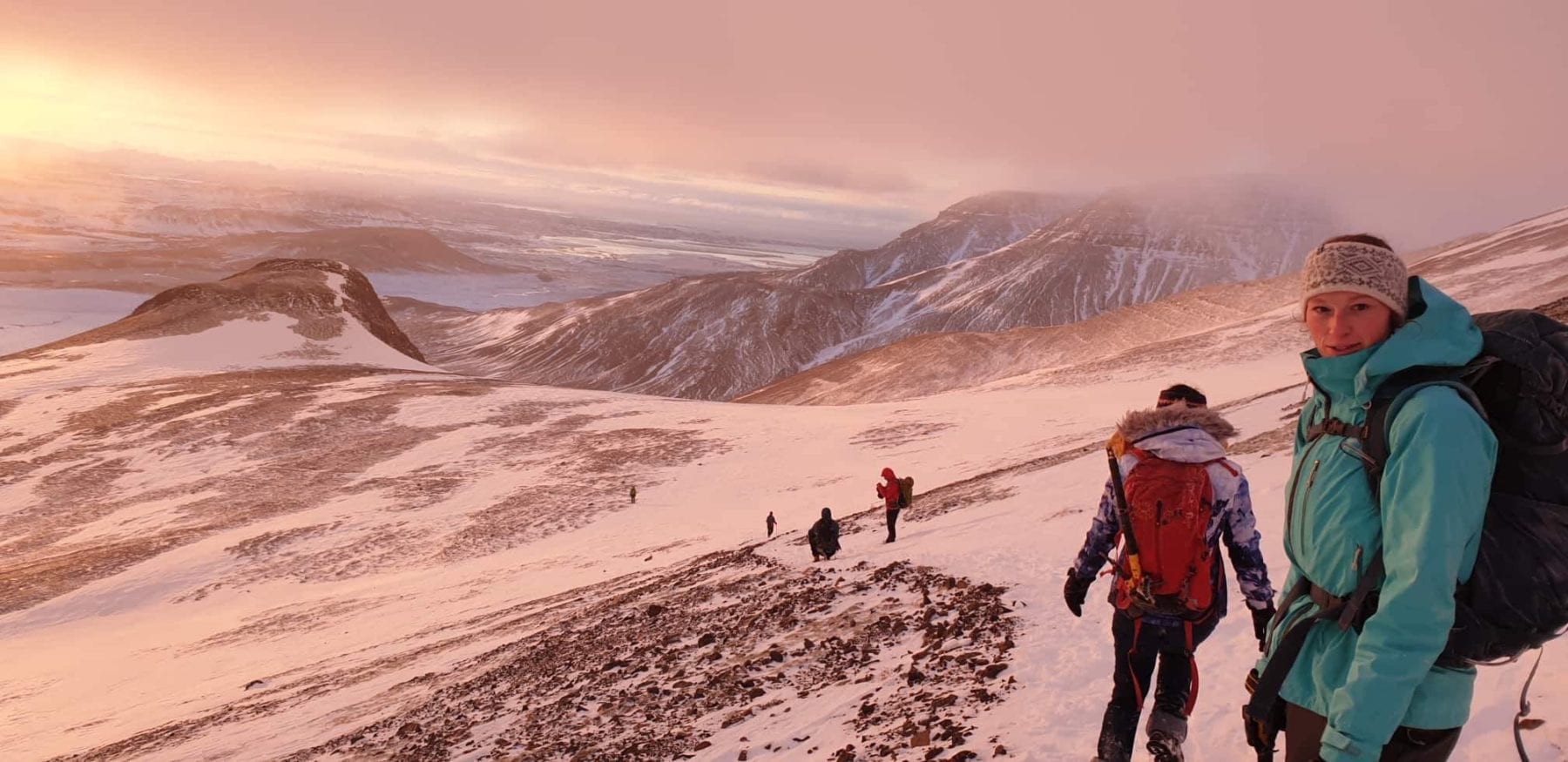Fulbright Arctic Initiative III

Iceland strengthens its participation
Based on the success of the first two cohorts, Fulbright Arctic Initiative, an 18-month, multidisciplinary scholar grant program with participation from all Arctic Council states, will be constituting its third cohort next year. Iceland has been an enthusiastic participant, with one Icelandic scholar each in FAI I and II. Iceland also hosted US scholars both times. The program gives scholars a unique opportunity for Arctic research collaboration, creating an international platform and networking opportunities.
Fulbright Iceland is excited to announce enhanced partnership with the Icelandic government on FAI III, with the Ministries of Education, Foreign Affairs and Environment jointly providing funding so that we can strengthen Iceland´s participation in this unique and exciting program. This funding signals Iceland’s recognition of what FAI has achieved and the expectations for its continued success. The Fulbright Commission ED said on this occasion, “the Commission was thrilled with the contribution made by FAI I and II scholars, Dr. Bjarni Magnússon from Reykjavik University and Dr. Lára Jóhannsdóttir from the University of Iceland. Their efforts and success laid the groundwork for a strengthened Icelandic participation in FAI III. The Commission is very grateful that the government of Iceland recognizes the value in Iceland´s strong participation in this important effort to increase multilateral scientific cooperation in the Arctic.”




